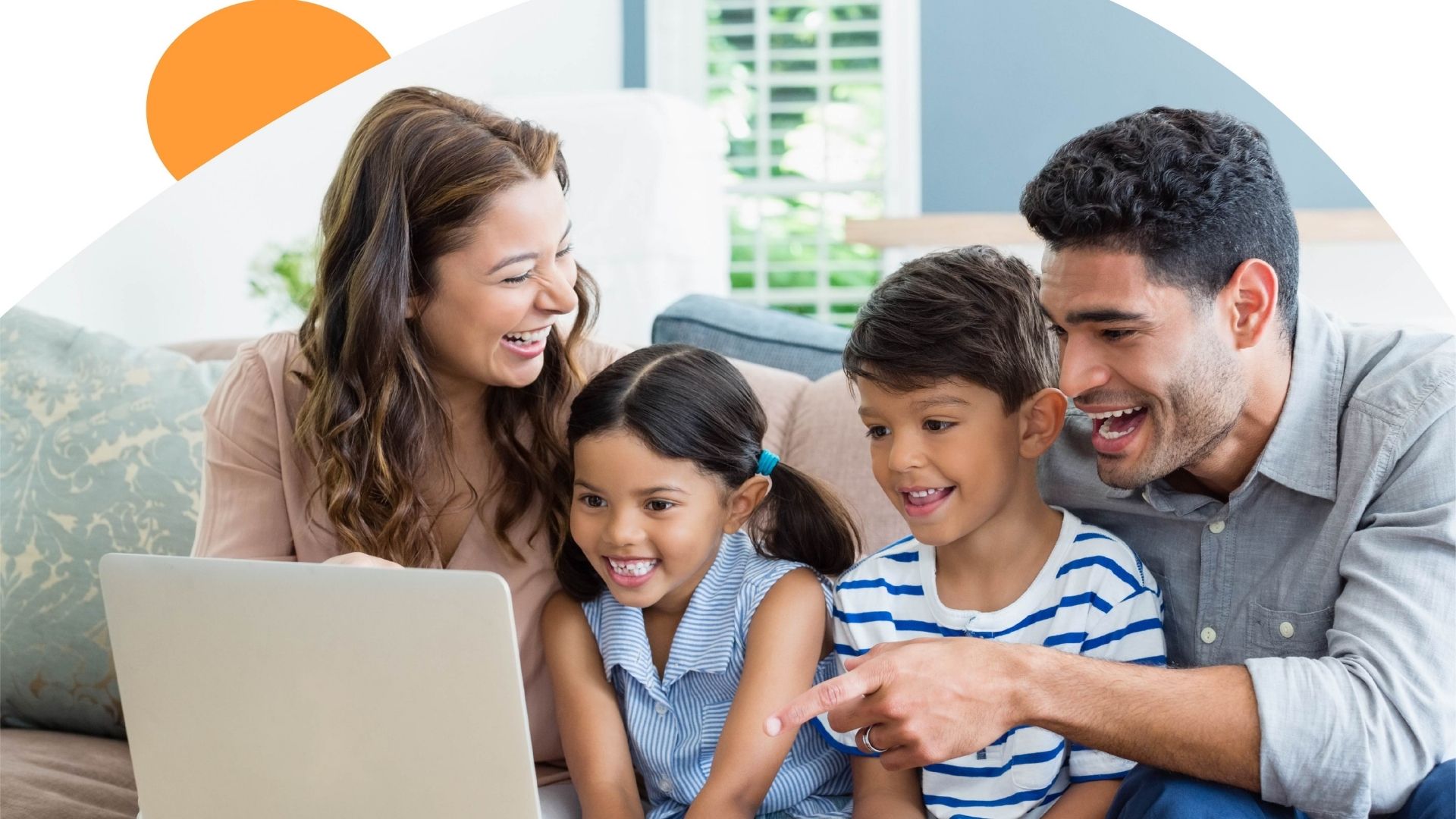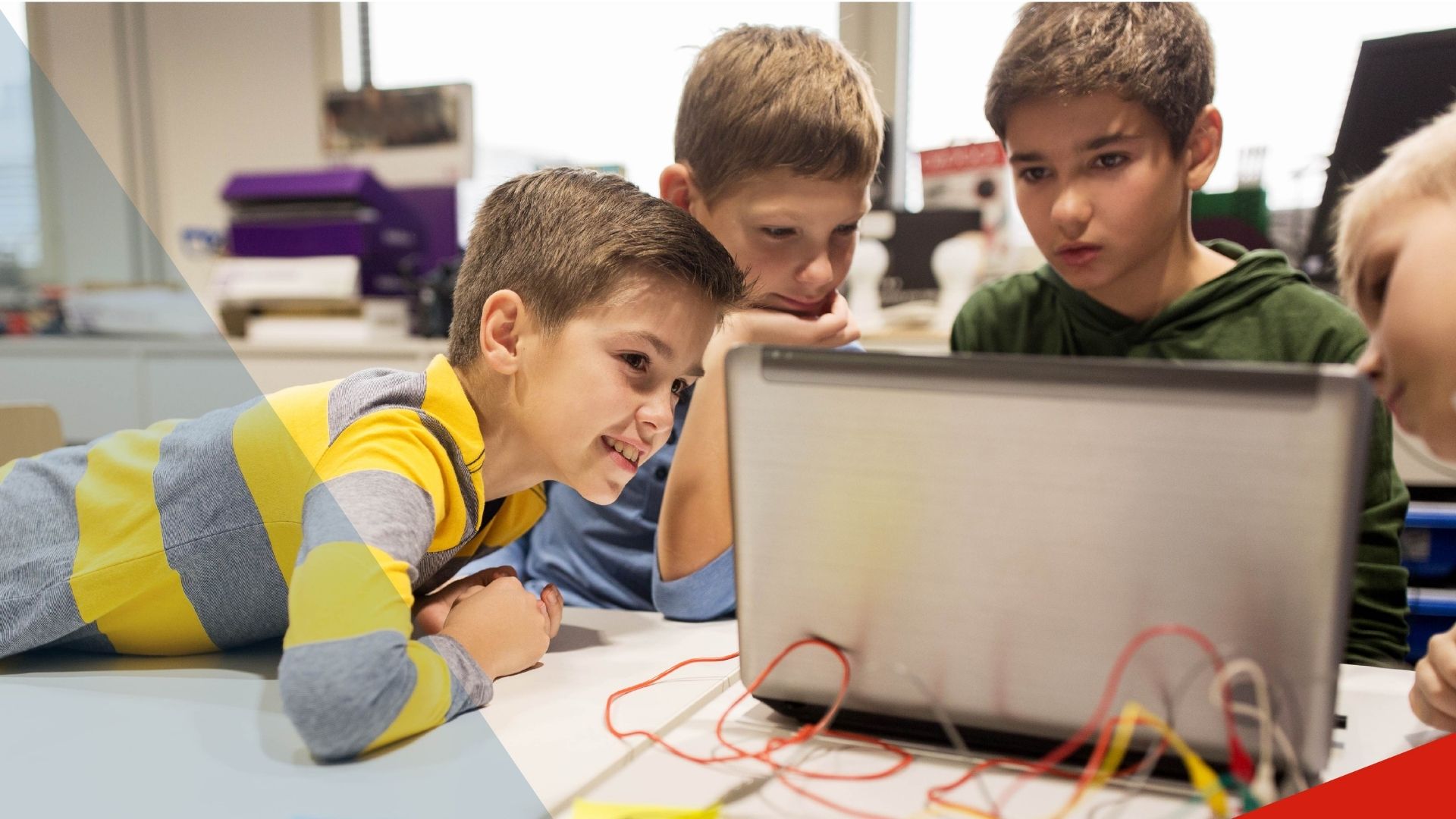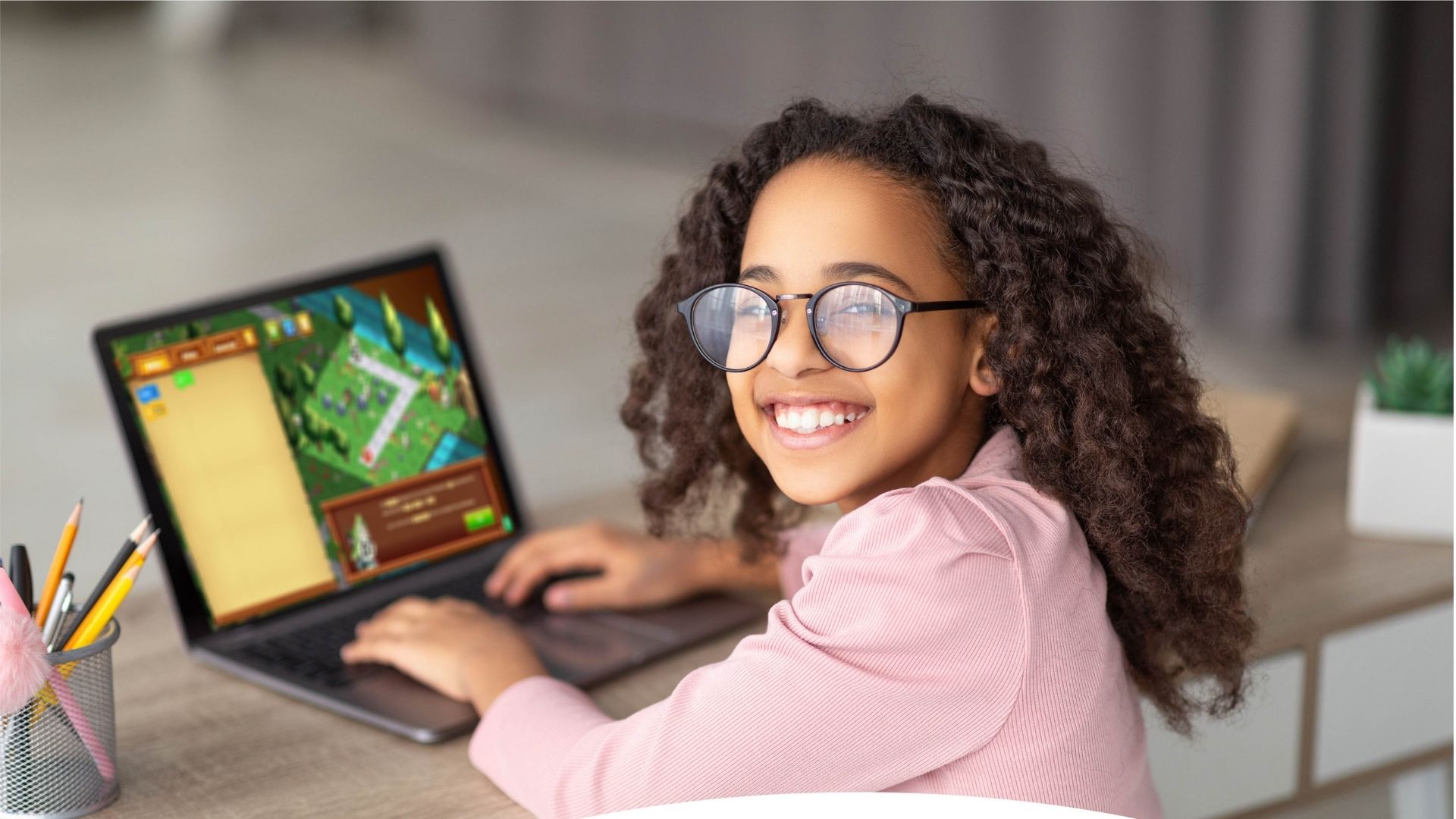What does “Coding for Kids” mean?
Coding is the method of giving instructions to a computer to perform a specific task. Also known as “software programming” or “computer programming.” These instructions are communicated using a “computer language” that computers can understand. These languages include Visual Blocks, JavaScript and Python. Learning to code expands problem-solving and critical thinking skills, making it a great opportunity for kids to build these skills while young. Coding for kids begins with drag-and-drop visual programming. Kids connect blocks together to make programs. Visual programming teaches the fundamental concepts without typing the code. This places the focus on the logic behind the code. Once they’ve learned the basics, kids can transition to more traditional programming languages like Python, JavaScript or Java.
From online coding courses, games and apps to in-person coding instructions and offline learning, there are endless coding resources available. Kids should not miss the opportunity to practice coding skills!
Learning to code will increase your child’s odds of securing a lucrative STEM career, especially in a world where computing jobs are growing at over twice the national average.

Why kids should learn to code?
Well, here we are.
We are seeing STEM education stats stating that by 2018, 2.4 million STEM jobs will go unfilled. In addition, 71% of all new jobs in STEM are in computing, but only 8% of STEM graduates are in Computer Science.
We’ve officially moved beyond simply saying “coding is cool, so go do it,” end of the story. Instead, we are now saying, “coding is in fact cool, but you should also go do it because you’ll be rewarded as a result.”
In other words, there are jobs, lots of them—and jobs that pay very well. What makes this even better is that it is not just the jobs or the coolness. But also it provides many skills such as creativity, problem-solving, computational thinking and many others as a result of kids learning to code.
With the knowledge of how to code, students can understand the world around them much better.
Not all future jobs will require programming, but every child should at least be given the opportunity to try coding. The importance of computer science education is not necessarily about equipping the next generation to work as software engineers; rather, it is about introducing children at a young age to a discipline that they all too often never get the chance to form an opinion about. Coding helps nurture problem-solving skills, logic and creativity. By starting early, your child will gain a foundation for success in any career path. As a child solves problems through writing real code, they simultaneously can develop 21st-century skills.
How to teach your kids to code
Kids of all ages – from primary to high-schoolers – can learn to code. The same fundamental concepts such as sequencing, abstraction, repetition, conditional statements, loops and functions can be introduced to kids of any age or experience level.
There are three modes that students can use to solve tasks. By creating real coding with code mode, students create their own solutions. When the actual coding is done with code mode, the block sequence linked to the corresponding algorithm is automatically created by the system under the block mode tab. In the block mode, the corresponding code is generated automatically by the system under the code mode tab while the students form the necessary algorithm. This way, our students will learn the Python or Javascript language loops, variables, functions, conditions and many more features.
We answer your questions during office hours on weekdays with our live support service. Codementum: The only platform in the world that runs text-based and block-based synchronous programming.
- Setting up the algorithm and coding the established algorithm
- Analytical thinking on the basis of computational thinking
- To be able to perform operations by taking into account programs and variables
- Reaching the shortest most efficient solution for problems
- To be able to view events and problems from different perspectives
- Systematic and creative thinking
- Learning a real programming language (Python & Javascript)
Research shows that kids learn best when they are engaged and can relate to the topic, which is why our learning paths are designed to be fun and cover a wide range of interests.
Pathway to coding confidenceOur revolutionary visual blocks allow kids to learn coding concepts while having fun, motivating them to acquire skills 5x faster and transition to more advanced programming languages like JavaScript and Python.
Built-in tutorKids learn on their own with a guided, hands-on approach that individualizes the coding experience.
Creativity toolsKids can quickly build whatever they imagine with our suite of intuitive creativity tools.
Interactive skill-building featuresLearn coding skills 5x faster with our interactive skill-building features
Progress trackerTrack how your kids are learning and growing with Codementum.
ResultWe see that many developed countries provide children with coding training at an early age in order to acquire 21st-century skills. Our children between the ages of 7-16 can enjoy these gains by having fun and engaging with Codementum.
So, let’s go!





